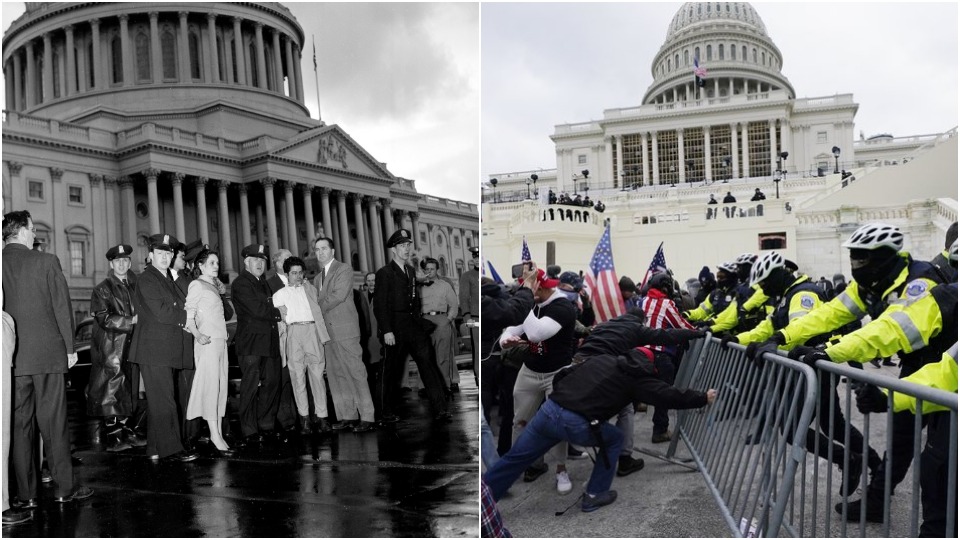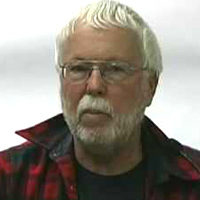
Cable TV and other media commentators keep comparing the Jan. 6th attack on the Capitol to the British attack during the War of 1812, but there is an historical event that bears a better comparison. On March 1, 1954, four Puerto Rican nationalists, who had entered the building peacefully, unfurled a Puerto Rican flag and then opened fire into the House of Representatives chamber from the Visitor’s Gallery, wounding five Congressmen who had gathered with their colleagues for a vote. The three men and one woman were arrested, tried, and sentenced to very long terms in prison.
This incident, like the one on Jan. 6, 2021, was also a violent attack on Congress, so let’s see how the two events compare:
The 1954 attackers were protesting the invasion and continued occupation of their country by a foreign entity, the United States. While their means of protest were criminal, they had a legitimate grievance over a real factual situation of unjustified colonialism. The fascist mob that attacked the Capitol last month was attempting to overthrow our government based on the lie that the election was stolen.
The Puerto Rican shooters wounded five people and killed nobody, while Trump’s mob outright murdered one policeman and caused four more deaths while wounding more than 140, as well as causing massive damage.
The Puerto Rican nationalists were U.S. citizens with brown skin while Trump’s mob was overwhelmingly white. Media commentators, including liberals, keep asking, “What would have happened if it was Black Lives Matter protesters?” It’s a good point, but it insinuates that BLM protesters were all African Americans, covering up the fact that the BLM protests were very multiracial, a very important development they want to forget. It was that multiracial coming-together in a broad coalition that defeated Trump in November.
The Puerto Rican shooters were quickly detained. None were out on bail, and none were allowed to leave the country while awaiting trial. One of the Jan. 6th defendants was granted permission to vacation at Caribbean beaches. I imagine the 1954 shooters would have loved to be on a Caribbean beach once more.
Three Puerto Rican defendants were given 75-year sentences, while the lone woman, Lolita Lebron, was acquitted of one charge and sentenced to 50 years in prison on another. These amounted to life sentences and had one of the Congressmen died of his wound, they surely would have been executed. At the time, there were many calls for them to be put to death.
Following the incident, the Puerto Rican defendants were roundly condemned by everyone, including most Puerto Ricans, and their independence movement was surveilled, harassed, and suppressed, both at home and in the U.S. Even nonviolent Puerto Rican nationalists who had nothing to do with it were targeted for being supposed perpetrators of the attack.
Is something similar going to happen to the fascist movements guilty of breaking and entering, theft, vandalism, assault, mayhem, murder, and attempting to overthrow the government by force and violence?
And how about their enablers, supporters, and plotters—many of whom are members of Congress and the Trump administration?
As with all op-eds published by People’s World, this article represents the opinions of its author.










